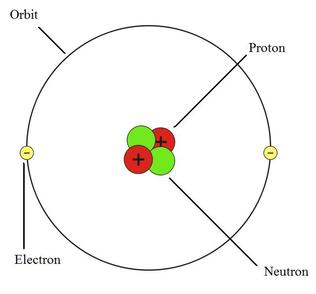

An object’s energy can change when its motion changes, but its mass never changes. For an object that is moving, the total energy is greater than mass times the square of the speed of light. The Einstein equivalence equation between matter and energy is true only for an object that is not moving. In this article we speak of mass loss but in fact, we should write “rest mass” loss. In comparison to the fusion reaction, we used the 1 MeV unit, which is 1,000,000 times eV!ġ. 1.5 eV per hydrogen atom).Įquation (2) says that, when a carbon atom combines with an oxygen molecule and become a carbon dioxide molecule, 4.1 eV energy is released. So, 0.7% of the mass of the original protons has been lost.Ĭonversion of 0.7 percent of the mass of the hydrogen into energy might not seem very efficient until we compare the energy released by fusion with the energy released by other reactions.įusion releases million times more energy than even the most efficient chemical reactions, simply because in chemical reactions, chemical bonds have less energy than nuclear bonds, million times less energy(please note that we do not talk about mass loss here, see explanation in the notes section at the end of this post):Įquation (1) means that the process in which one hydrogen molecule (two hydrogen atoms) and one half oxygen molecule combine into one water molecule generates 3.0 eV energy in the form of heat (i.e. Which expressed as a percentage and round up is 0.7 % The proportional change in mass is the actual change 4.6×10-29kg (note that we can write it as. What percentage of the hydrogen mass is converted into energy via fusion? The difference in the masses of the Helium nucleus and the 4 protons is 4.6 x10-29kg. The same calculation using kg and Joules: It is the work done on an electron that is accelerated through a potential difference of one volt. The use of eV is because it is the most common unit of energy used in the atomic and nuclear world. The mass difference between four hydrogen atoms and one helium atom is… So, the final equation if you sum up the individual branches of the p-p chain is something that looks like this in order to balance the equation and have conservation of mass and energy:Į(4*p) -> E(He(negative energy)) + E(mass deficit, positive/exothermic energy)Į(mass deficit) -> gamma rays + K(fusion products) + neutrinos Therefore, Helium-4 rest mass is lower than the sum of the 4 protons rest mass and because rest mass is equivalent to energy, the same argument applies to the total energy. In the case of helium, the binding energy is negative energy, because you have to put energy in, in order to separate helium into it’s individual components 2p and 2n. The binding energy is given by the difference between the mass of the nucleus and the sum of the masses of the individual neutrons and protons making up the nucleus (there is a separate post for this). Therefore, instead of 4 force vectors to push, one for each individual protons, you only have to use one force vector to push the helium nuclei. It is intuitive to understand that 4 individual protons are more difficult to accelerate than one nuclei of helium, because in the nuclei of helium the particles are bound to each other. Mass is resistance to acceleration (it is also called the rest mass, see note #1 at the end of this post). To answer that, one has to understand what mass is and what binding energy is. The total energy yield of one whole chain is 26.72 MeV.īut wait a minute, mass has been lost? How is this possible?īecause if you look for the mass of a proton p in atomic unit (1.007 u) and the mass of a neutron n in atomic unit (1.008 u), you’ll see that individual neutrons are heavier than protons, so how can the mass of the helium produced (2p2n) be less than the mass of 4 protons? Let’s assume we know that this mass has been converted into energy, in the form of gamma rays, kinetic energy of fusion products and neutrinos released during each of the individual reactions. Why is this reaction exothermic?Ĭomparing the mass of the final He-4 atom with the masses of the 4 protons reveals that 0.7% of the mass of the original protons has been lost. Let’s assume we know that the Sun converts 4 protons into one helium-4 through a process called the proton-proton chain (we’ll look into that with details in the following post).


 0 kommentar(er)
0 kommentar(er)
